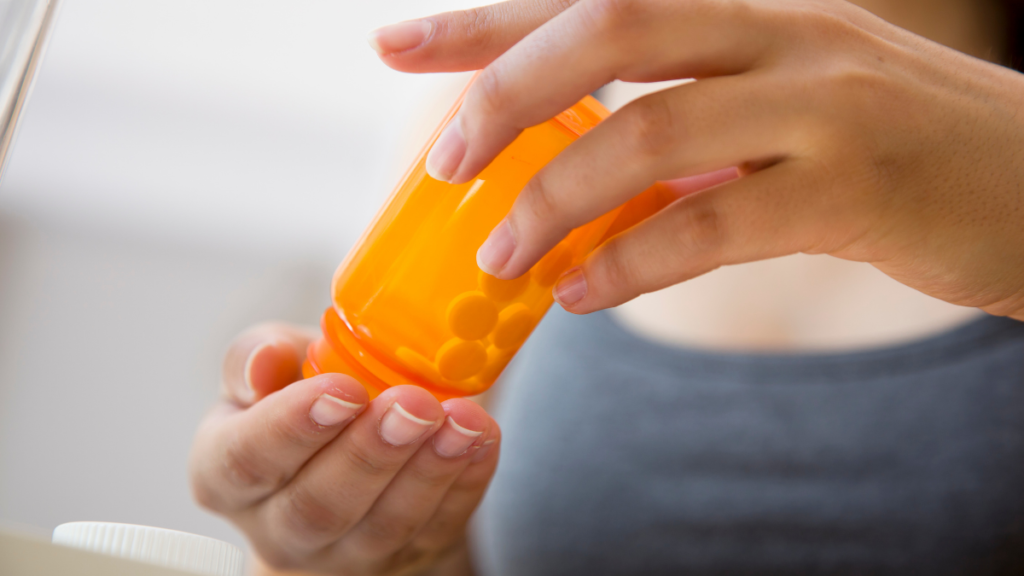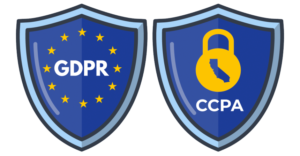When people think about drug abuse, they often think about illicit drugs like heroin or cocaine. While these drugs are widely abused, many people also abuse prescription medications. Prescription drug abuse is the use of prescription medication in any way other than how the physician prescribed it. For example, a person may take a higher dose or crush and snort or inject it to achieve a euphoric feeling.
Consequences of Prescription Medication Abuse
Prescription medication abuse is dangerous because it increases the risk for adverse effects, including physical and psychological dependence and addiction.
Dependence
Physical dependence occurs when a person has withdrawal symptoms after they stop taking a drug. The specific symptoms and intensity of the physical symptoms will vary depending on many factors, including the type of drug, the dosage and frequency consumed, and the person. Psychological dependence occurs after physical dependence ends, and a person continues to think and talk about the drug.
Addiction
Addiction is a chronic, treatable medical disease characterized by impulsive drug-seeking behavior despite any negative consequences. Addiction involves detectable changes in the wiring of the brain. A person with an addiction will prioritize the drug or drugs they are addicted to over everything else, including their health and relationships.
Medications With a High Risk For Abuse
Drugs and substances with a risk for abuse are considered controlled substances. There are several reasons someone may abuse controlled substances. They may be attempting to alleviate pain, anxiety, or depression. Or they may try to induce sleep or increase energy.
The “feel-good” effect caused by many controlled substances contributes to their abuse. The greater extent a drug can produce euphoria, the more likely it will be abused.
Prescription medications with the highest potential for abuse are classified as Schedule II drugs. These medications have a currently accepted medical use in treatment in the U.S. or a currently accepted medical use with severe restrictions. When Schedule II drugs are abused, they may lead to severe psychological or physical dependence.
Commonly Abused Schedule II Drugs
Opioids
Opioids, also referred to as narcotics, are the most commonly abused prescription medications. Physicians typically prescribe opioids to relieve moderate to severe pain, but many patients abuse them to achieve euphoria. People may also take them to relieve anxiety, tension, or aggression. Common types of opioids include fentanyl, hydrocodone, morphine, and oxycodone.
Central Nervous System Depressants
Central nervous system depressants can slow brain activity, making them helpful in treating anxiety and sleep disorders. Like most drugs with a high risk of abuse, people abuse depressants to achieve euphoria. They are also taken with other drugs to increase the other drug’s high. People who abuse opioids will often take larger doses than those taking them under a physician’s supervision.
Commonly abused depressants include:
- Barbiturates– Barbiturates can produce a range of effects, from mild sedation to coma. These drugs are widely abused to reduce anxiety and decrease inhibition. People who abuse barbiturates are particularly vulnerable to adverse effects because of how quickly they can build a tolerance to the drugs.
- Benzodiazepines- Benzodiazapines were developed to replace barbiturates. People who abuse this medication use it to get high or take it with other drugs to increase their effects.
- Sedative-hypnotics– Sedative-hypnotics are approved for the short-term treatment of insomnia. People abuse sleeping pills when they take them anytime they can’t sleep or when they feel anxious. Many people build up a tolerance to these drugs, so they end up taking more than prescribed. Common prescription sedative-hypnotics include Ambien, Lunesta, and Sonata.
Stimulants
Stimulants increase alertness, attention, and energy. They are prescribed to treat narcolepsy, attention deficit hyperactivity disorder, and sometimes, treatment-resistant depression. People who abuse stimulants will often snort, smoke, or inject them to produce a sensation referred to as a rush. They are often trying to enhance their performance, stay awake, or lose weight.
Common types of prescription stimulants include dextroamphetamine (Dexedrine®, dextroamphetamine/amphetamine combination (Adderall®), methylphenidate (Ritalin®), and (Concerta®).
Substance Abuse and Mental Health Services National Helpline
For individuals and families facing mental and/or substance use disorders, the Substance Abuse and Mental Health Services Administration (SAMHSA) National Helpline is a free, confidential, 24/7, 365-days-a-year treatment referral and information service. To reach the helpline, call 1-800-662-HELP (4357).


